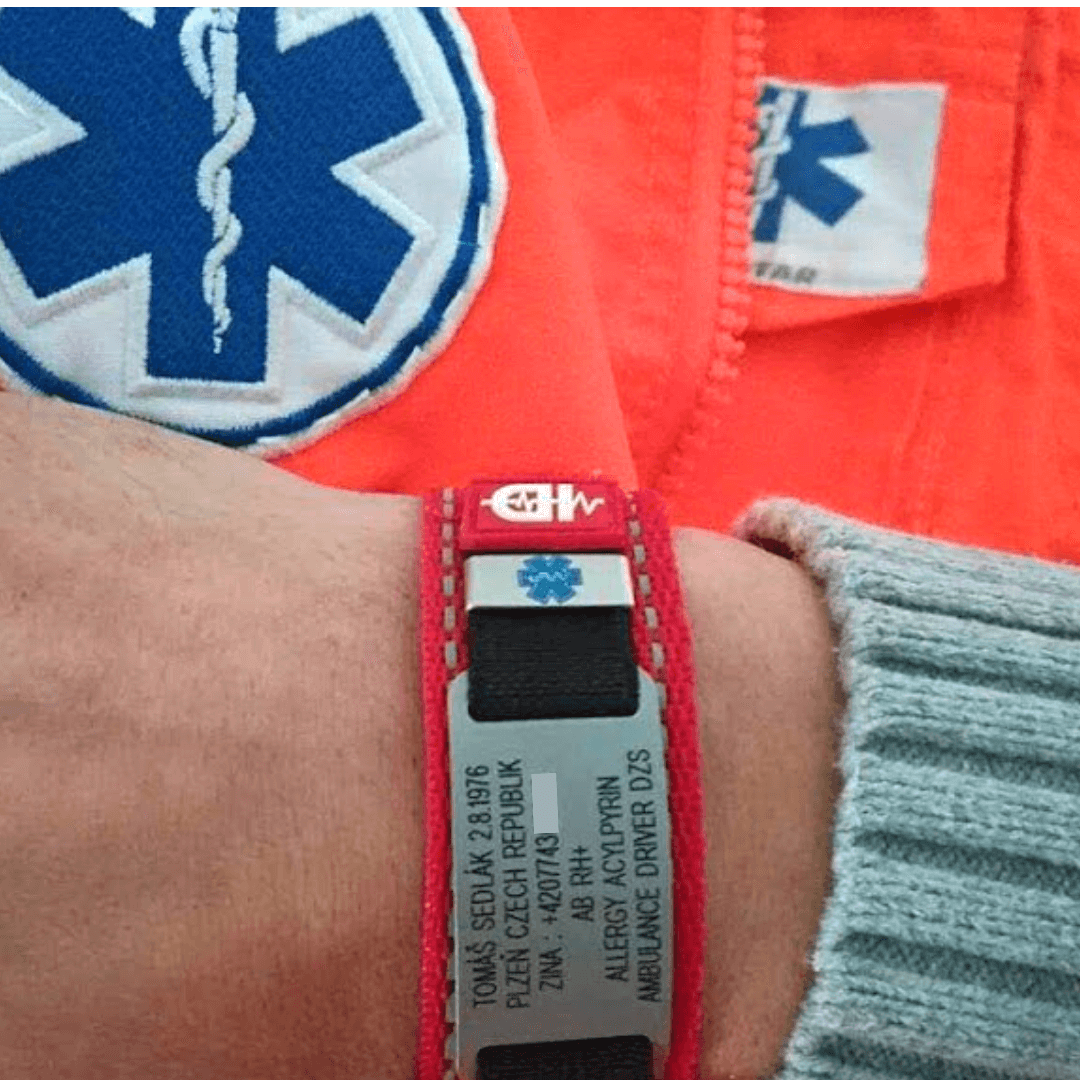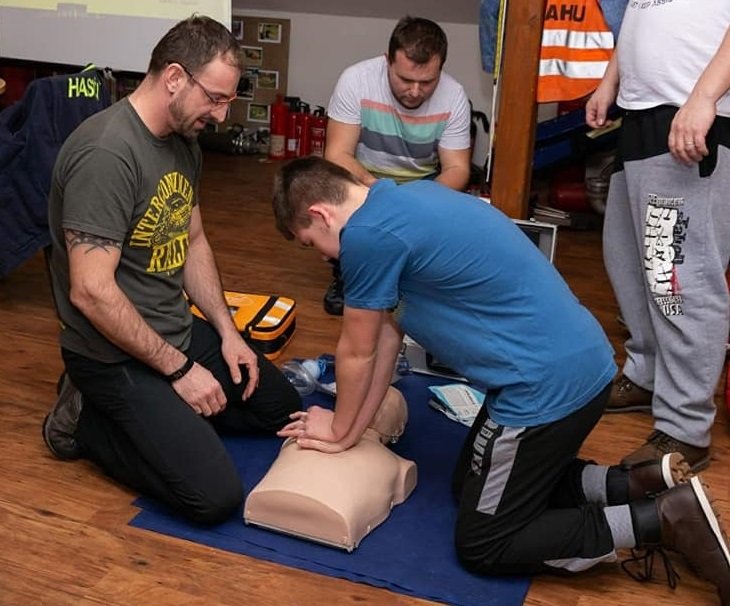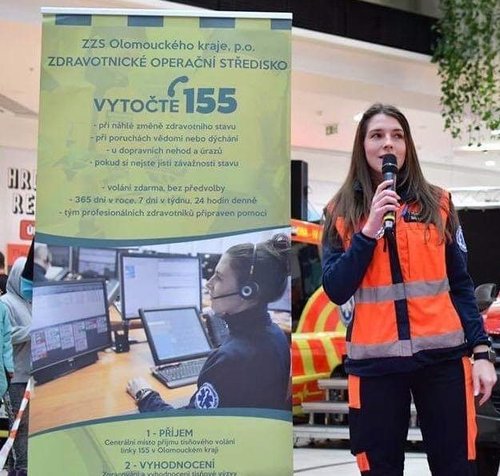RESCUERS RECOMMEND BODYID BRACELETS! ⚕️
This topic seems to be quite tricky. Usually, when we send out a message like this, we get several negative or skeptical comments.
We’re not claiming that all rescuers know us or that they all recommend our bracelets. But there are several who do.
👉 Let’s clarify how it actually works in reality:
❌ No, rescuers do not proactively look for bracelets with your contacts or health information during an accident.
❌ No, rescuers will not rely on the blood type information from the bracelet—they will always run their own test.
✅ Yes, if the bracelet is in a visible place and rescuers notice it, they will consider the health information, which can help choose the appropriate treatment and save significant time.
✅ Yes, some rescuers and healthcare professionals wear the bracelet themselves and consider it an amazing tool that can save lives.
✅ Yes, thanks to the contact numbers on the bracelet, it is almost always possible to reach family members—the bracelet is usually found at the latest in the hospital.
✅ Yes, we have many real-life stories where the bracelets truly helped someone.


Jan Smolucha, rescuer
"I can, as a rescuer, only recommend the BodyID bracelet. I have one myself. Over the years of working with the EMS, it has often been difficult to determine a patient’s identity, not to mention their medical history or allergies."
In addition to his work as a rescuer, Honza Smolucha is also a first aid instructor and often provides first aid at various events, especially sports events. His website:
http://rescueman-smolucha.cz/
Responses from Lucie Urbanová, DiS., spokesperson for the Emergency Medical Service of the Olomouc Region, a publicly funded organization

What benefits do you see in the bracelet for rescuers? Can the information on the bracelet make your work and time during a rescue easier?
Definitely yes; the most important information about the person is on the ID bracelet. If the person is unconscious and we cannot obtain health information from them directly, we can use their name to look up their full medical history, which helps us understand what conditions might be relevant.
Some people argue that rescuers cannot rely on the information on the bracelet because it is not regulated and everything must be verified, and the bracelet might not even belong to the wearer. What is your opinion on this?
Of course, if a person is conscious and oriented, or surrounded by family and able to provide us with necessary information, we gather it from them or from the medical documentation handed to us. However, if someone collapses outdoors alone and is unconscious, and we find an ID bracelet on their wrist (or dog tags in the case of soldiers), we use that information. The probability that someone would wear a bracelet with someone else’s information? I doubt it, and it has never happened!
We also hear opinions that rescuers are not aware of these bracelets. How is it really? Do they know about them or not? And how did you personally find out about them?
Awareness probably varies; the younger generation using Facebook or Instagram may encounter this product more easily than older colleagues. However, after every patient arrival, a full examination is performed, so-called “head-to-toe” assessment, and the bracelet can easily be noticed (unless the person keeps it in a backpack or forgets it at home).
What led you personally to get a bracelet? And what did your boyfriend, also a rescuer, think when you got it for him?
Honestly, my boyfriend initially came across the bracelets, and we were both extremely impressed! It’s a really great idea and can often make our work much easier, allowing us to treat the patient quickly and efficiently—shortening the overall examination time and starting treatment sooner (sometimes gathering medical history can take a long time if no one knows anything, and the patient’s condition may worsen).
What information would you recommend having engraved on the bracelet? What helps rescuers the most?
Definitely the name and year of birth (so it can be verified against documents, addressed correctly, or confirmed by witnesses), as well as any medical conditions—especially allergies (very important!). Also note if the person has diabetes, hypertension, or asthma. Next, emergency contacts (labeled with tel., ICE, SOS, etc.)—so the closest relatives can be contacted and more patient information confirmed. A motto on the bracelet may be nice, but it won’t save a person’s life in an emergency, so I would dedicate the lines to more critical information, such as blood type.
